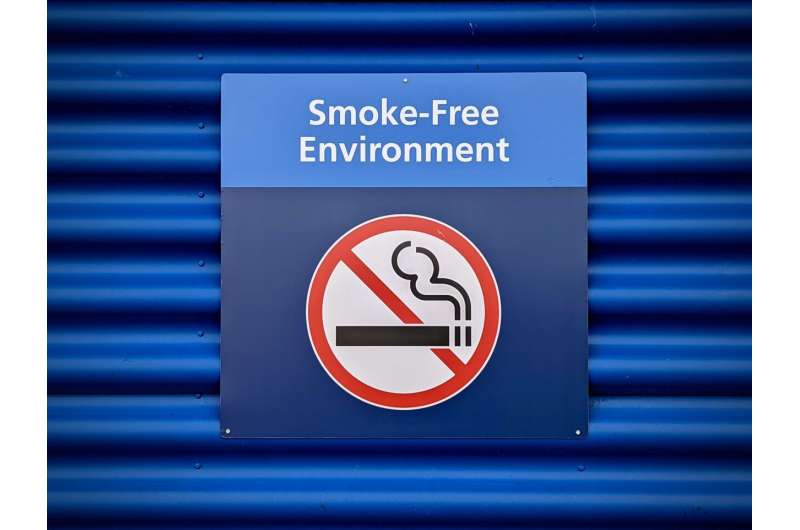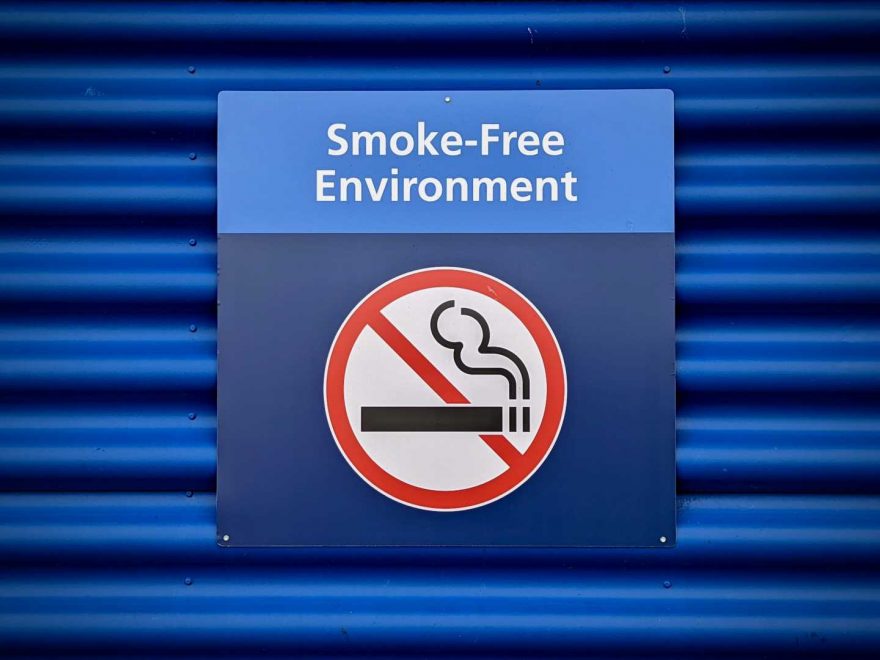
A new online tool to track global progress on tobacco control taps into the management principle that “what gets measured gets done.”
The Global Tobacco Control Progress Hub gives an instant visual picture of how 180 countries are performing on more than 300 tobacco control measures, from taxation to restrictions on smoking and product labeling.
All are evidence-based measures found in the World Health Organization Framework Convention for Tobacco Control, a treaty first signed in 2003 that now covers 90% of the world’s population.
Despite that, tobacco use remains one of the top preventable causes of death and chronic disease in the world, leading to more than eight million deaths each year and rising.
“Unless we’re benchmarking results, it’s very difficult to hold governments to account on treaty implementation,” says Les Hagen, adjunct professor in the University of Alberta’s School of Public Health and executive director of the tobacco control charity ASH Canada.
The new global surveillance platform includes a series of dashboards based on different datasets. It was created by ASH Canada in collaboration with the Institute for Global Tobacco Control at the Johns Hopkins Bloomberg School of Public Health, thanks to funding from Bloomberg Philanthropies. Hagen’s recently published paper tracking implementation of the treaty measures from 2008 to 2018 was the inspiration for the hub.
Hagen says the new platform provides access to data that have been hard to find and will be useful to non-governmental organizations, health professionals, governments, media and the general public.
“This makes it possible for anyone to easily navigate, investigate and report on treaty progress—a treaty which has been credited with preventing tens of millions of premature deaths globally,” Hagen says. “That’s an enormous impact in 15 short years.”
Canada ranks 19th out of 180 countries, a drop from 10th in 2016, with 4.2 million smokers in 2020, according to Statistics Canada. Hagen says to improve that rating, our country should do more to regulate and tax tobacco and related products, run mass media anti-tobacco campaigns and prevent interference from the tobacco industry.
As an example, he notes that Philip Morris, the world’s largest cigarette company, was a major investor in the development of Quebec’s Medicago vaccine against COVID-19. Last spring, the WHO denied Medicago’s request to distribute the vaccine globally. The Canadian government and the vaccine producer are now seeking a new investor to replace the tobacco giant.
“I realize that desperate times call for desperate measures, but is it really so desperate that Canada has to collaborate with a multinational tobacco company that is being sued by provincial and territorial governments for deceptive marketing and underhanded practices? The Canadian government had over a dozen other Canadian vaccine candidates to choose from,” Hagen emphasizes.
Hagen notes that Alberta and Canada were among the first jurisdictions in the world to ban menthol and other flavored cigarettes, and he would like to see the same done for flavored vaping products. “We have to get cherry and bubblegum and peach and mint out of vaping products that are targeted at youth.”
He also takes issue with Canada’s cannabis laws, which allow provinces to decide whether to restrict public consumption.
“The issue is one of social modeling. It doesn’t matter whether you’re smoking or vaping, whether it’s tobacco or nicotine or cannabis—to a five-year-old, it’s all smoking,” Hagen says. “The more smoking cues a child receives during their childhood, the more likely they are to become smokers themselves.”
Hagen is encouraged by new Canadian regulations that would put a warning on each cigarette, not just on packaging, another world first.
The progress hub and Hagen’s research show that countries with lower levels of income, human development and literacy, and higher corruption rates and autocratic regimes, struggle more to implement the tobacco control treaty. El Salvador and Senegal stand out as exceptions to the rule, he says.
ASH Canada plans to add more datasets and features to the hub, as well as helping public health organizations in lower-performing countries produce regular reports tracking progress.
“By benchmarking their current progress, countries will be better able to determine where they need to apply their resources,” he explains. “Peer pressure can go a long way—not only when it comes to tobacco uptake among kids. Peer pressure can also encourage governments and policy makers to take action to reduce and prevent tobacco use. And this platform is a very good application of global peer pressure.”
Source: Read Full Article
